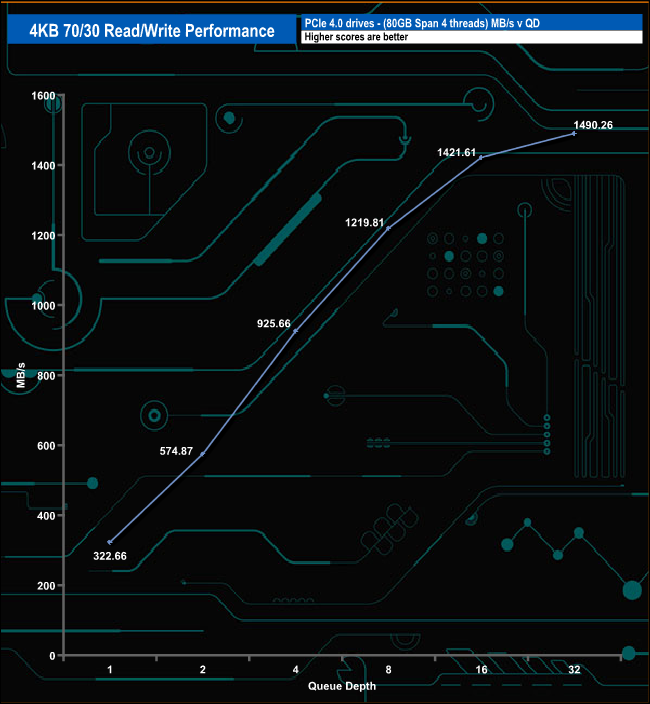The 4TB Rocket 4 Plus handles our 4K 70/30, read/write mixed test very well, ending the test run (QD32) at 363,834 IOPS (1,490.26MB/s).
Tags 4TB NVMe SSD Micron B27B 96-layer 3D TLC NAND Phison PS5018-E18 Review Rocket 4 Plus sabrent
Check Also
Lexar updates SSD lineup with new three new models
Lexar is expanding its SSD portfolio with the introduction of three new NVMe models. The …
 KitGuru KitGuru.net – Tech News | Hardware News | Hardware Reviews | IOS | Mobile | Gaming | Graphics Cards
KitGuru KitGuru.net – Tech News | Hardware News | Hardware Reviews | IOS | Mobile | Gaming | Graphics Cards





